The dive that got hitched to history
Salvaged from the brush pile, relics of an iconic mega-resort live on in an upstate bar
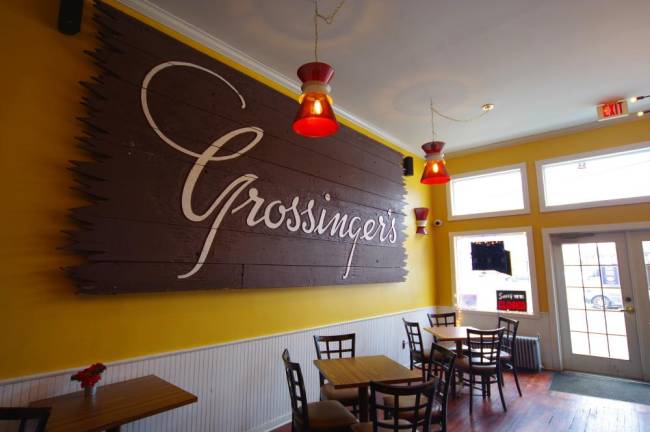
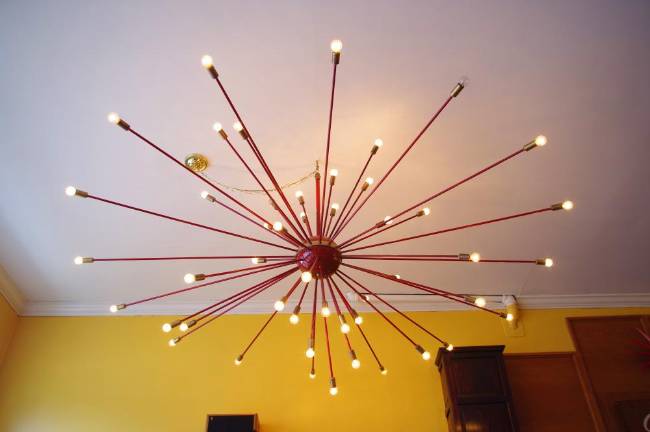
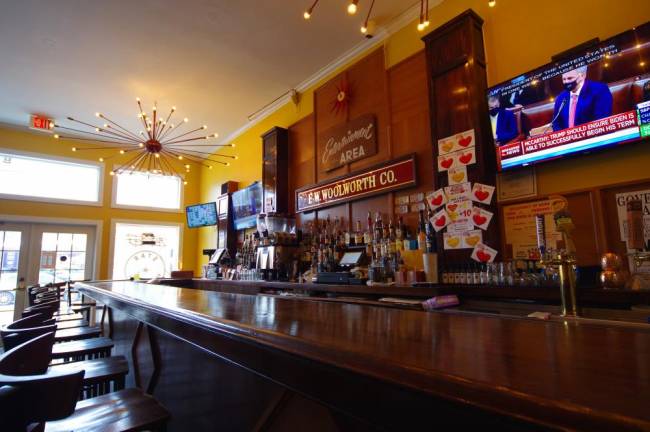
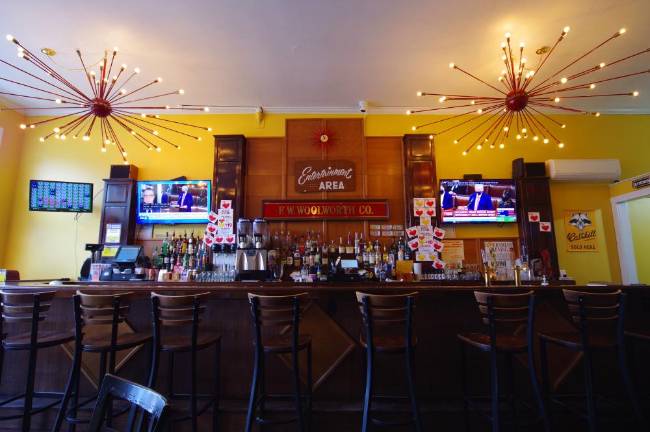
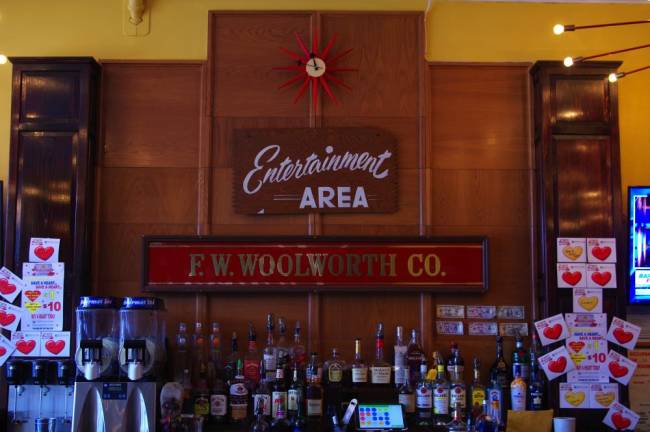
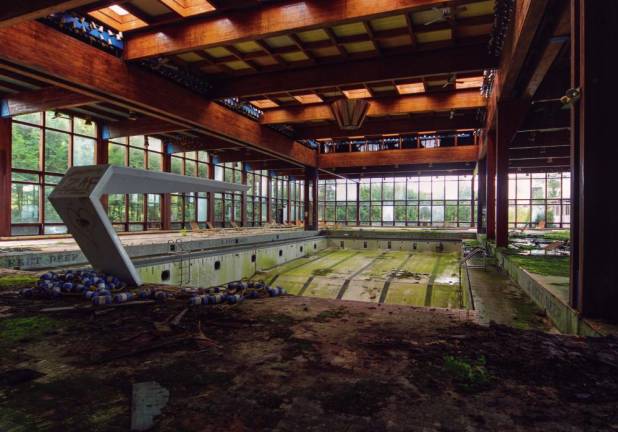
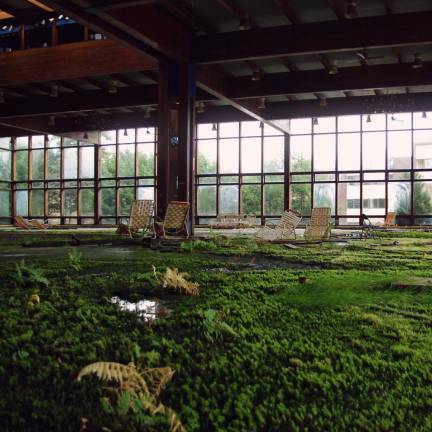
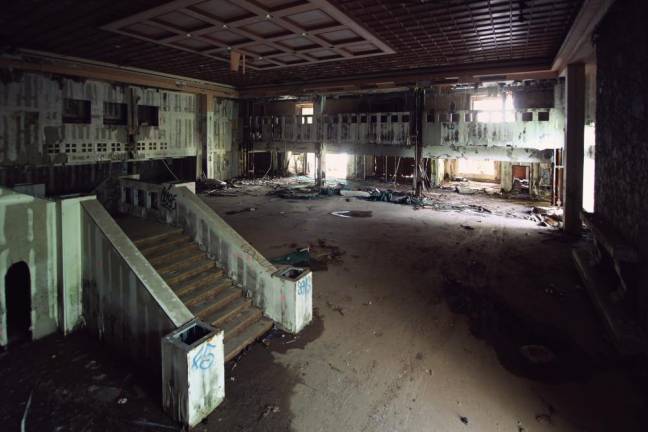
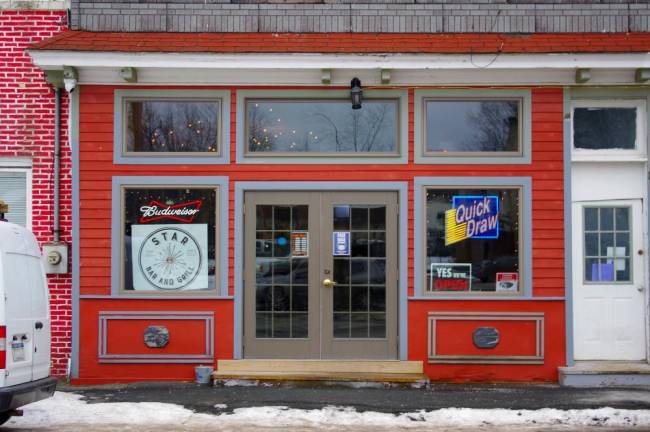
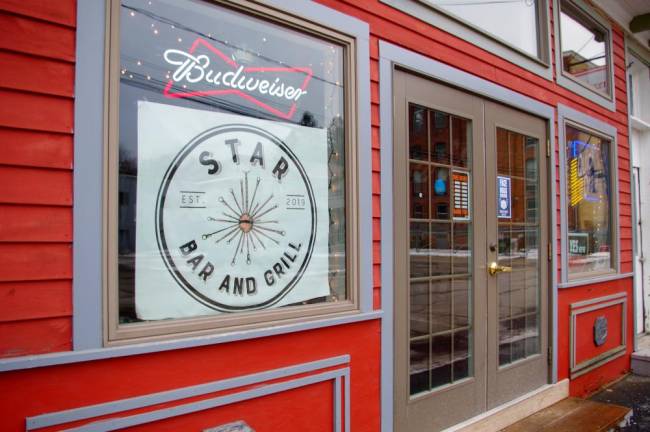
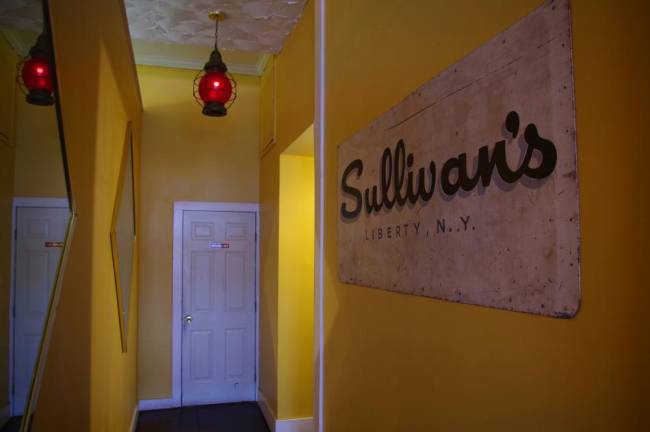
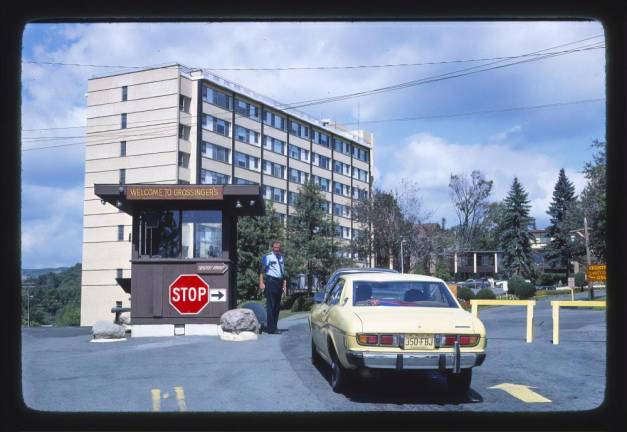
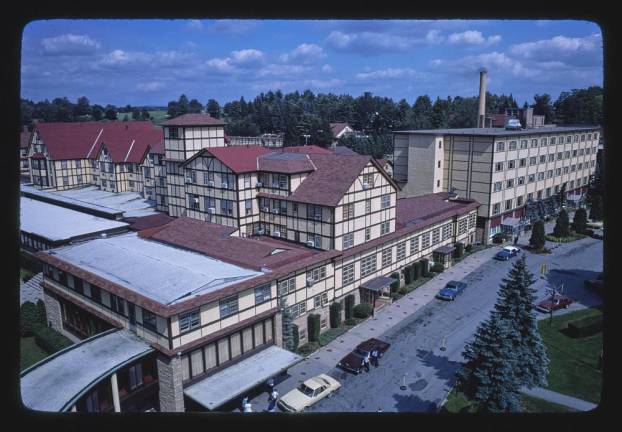
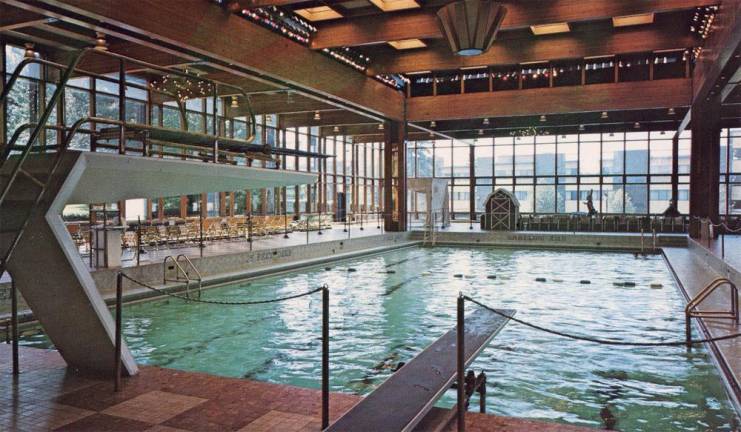
I sat on a barstool, conversing across the antique but heavily lacquered wood of the bartop with Larry Edwards, owner and founder of the Star Bar and Grill in Liberty, NY. Above him, one of two massive Art Deco ceiling fixtures hung, its tendril-like armatures humming with electricity but also something more. Antiquity? Retrospection?
In fact, there doesn’t exist a word to describe what the lamps were emitting beyond their light. Not in English anyway. The Portuguese, however, have a term for it: saudade. Though it can mean several things, it is primarily used to articulate the sensation of nostalgia for something you have never actually experienced, or know you will never experience again. You see, these lamps, along with a great number of other items now on display around the Star Bar and Grill, were saved from the ruins of the long-abandoned Grossinger’s Resort, which stood just minutes away, an iconic establishment widely considered the gem of the Catskills during the heyday of the region’s resort culture.
By many accounts, Grossinger’s was more like a self-contained city during its prime than a mere resort. In addition to its many buildings, where thousands of transient vacationers walked its halls, the property had its own ZIP code and private airfield. But that was long ago, and as the Catskills Mountains waned as a vacation destination, so too did Grossinger’s, finally shuttering in the early 1980s.
After rotting disused upon its knoll for decades, the property was unceremoniously bulldozed in 2018. But a spirit like Grossinger’s can’t be extinguished completely; it would find an unexpected way to endure.
The idea of opening his own bar had been a dream of Edwards’ for years. “I wanted to open a dive bar like my father used to go to. He loved dive bars and I wanted to make one he would have gone to,” he said. “Name it after him.”
But as he set to work conjuring his dad’s ideal dive, a friend offered Edwards some items that would dramatically shift the vision. This friend had worked at a restaurant at the Grossinger’s golf course, which operated for over 20 years after the resort was shuttered, and he’d been safekeeping two beautiful lamps from the old resort. “He said they would look great over the bar,” Edwards chuckled. “So I had to actually be convinced to not open a dive bar.”
Other relics followed, like the massive brown slab of a sign taking up the bulk of the wall opposite the bar, emblazoned with ‘Grossinger’s’ in florid white letters. “Yeah, that was also saved. It was the old resort sign and was actually in a brush pile to be burned,” said Edwards.
Those were just the obvious pieces. As Edwards kept talking, I realized there was far more of the old place around me than I had initially thought. The very bar I was sitting at, as well as the wooden fixtures beyond it, were constructed from bits and pieces of the bygone resort. The spill guard on the bartop was a long-ago handrail. The wooden columns running up the walls were saved from the ceiling of Grossinger’s famous indoor pool. They frame wood paneling that was once a part of the ceiling woodwork in the grand lobby.
How do the locals feel about the decor? “Everybody from around here over 40 or 50 knew the place and have memories of it,” said Edwards. “They have stories.”
So, too, do the pieces of wood and metal that built this place. They are conductors, passageways of sorts between today and days long ago. Like the building they came from, their mere existence allows us something invaluable – the opportunity to reflect, to think back on a time before our own, to imagine ourselves in the shoes of some nameless other. Without setting foot in a museum, we can sip a beer and conjure up the Grossinger’s of our grandparents,’ or even our great-grandparents’ time.